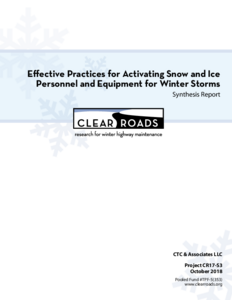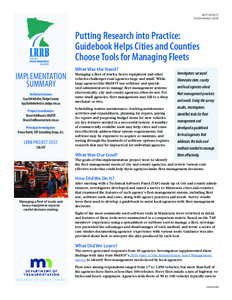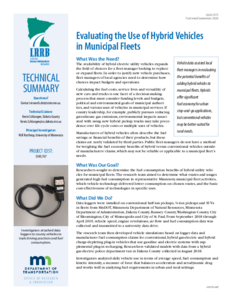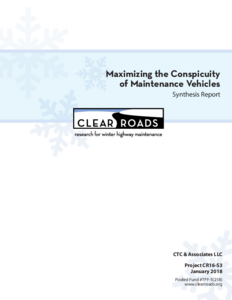Displaying results 1 - 7 of 7
Techno-Economic Analysis of Implementing Hybrid Electric Utility Vehicles in Municipal Fleets
Date Created
2020
Report Number
2020-25
Description
Fleet Management Tools for Local Agencies
Date Created
2018
Report Number
2017RIC01
Description
Spreadsheet: Fleet Management Tools for Local Agencies
Date Created
2017
Report Number
2017RIC01S
Description






